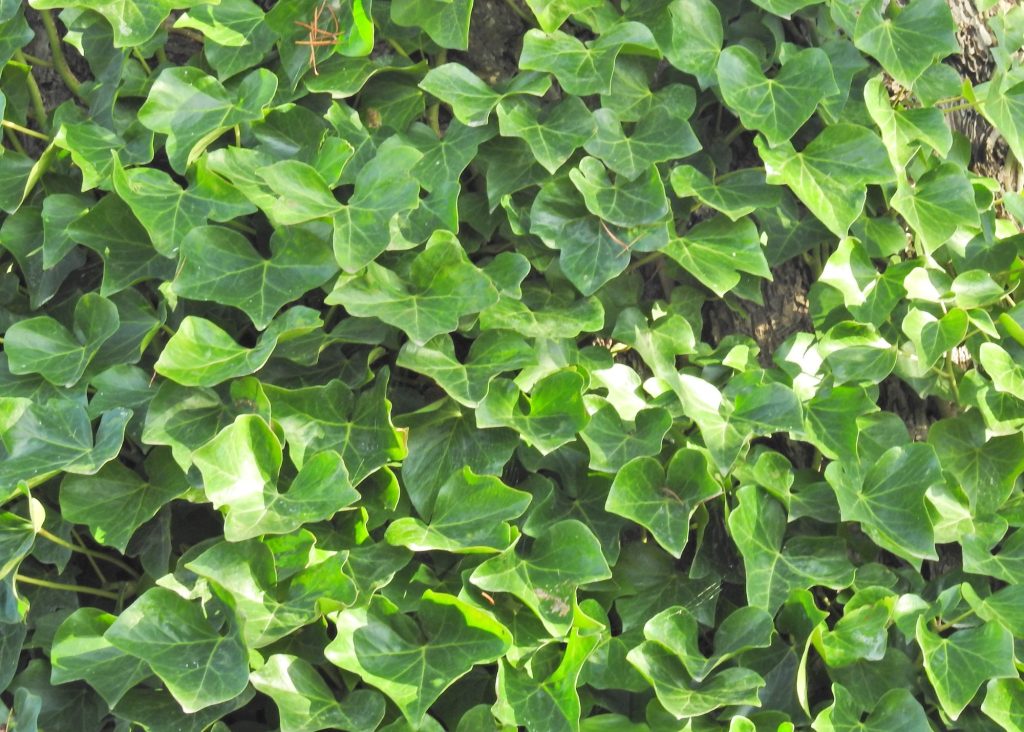When it comes to plants, not all grow the same way. You may have heard the terms annual, biennial, and perennial… but what do they mean?
The difference between annual, biennial, and perennial
Each plant type follows a different life cycle, affecting how it grows, reproduces, and interacts with its environment.
Annual plants complete their entire life cycle in just one year. They grow from seed, flower, produce new seeds, and die all within a single season.
One example of an annual plant is smallflower touch-me-not, which emerges in late spring or early summer, flowers, produces seeds and dies by fall.


Biennial plants take two years to complete their life cycle. In the first year, they focus on vegetative growth, developing leaves and a root system. (Think of it like laying a foundation when building a house.)
In the second year, they shift to reproduction, flowering, setting seed, and then dying.
Blueweed is an example of this: it produces a rosette in its first year, and flowers in its second year before dying.
Perennial plants live for multiple years. Some die back in winter and regrow in spring, while others, like evergreen shrubs, stay green year-round.
For example, knotweed species are perennial plants. Their shoots die back in winter, but the roots remain alive and well, ready to send new shoots up in the spring.

Similarly, English ivy is a well-known perennial plant; it has evergreen leaves that stay all year round.

What this means for invasive species:
Understanding a plant’s life cycle, in addition to how it reproduces, is key for invasive species because it helps inform how we should manage it.
Take Himalayan balsam, an invasive annual plant that reproduces solely by seed. Because it must complete its life cycle within a single season, controlling it effectively means removing it before it sets seed—typically in mid-summer. If it isn’t removed in time, Himalayan balsam will reseed and continue spreading.
Additionally, because new sprouts emerge each spring, there are periods when removal isn’t possible. During winter and early spring, there is no above-ground plant material (since the old plants have died off and the new ones haven’t germinated yet), making management ineffective at those times.

Himalayan balsam
Now, consider English ivy, which has a completely different life cycle and reproduction cycle. It’s a perennial plant that reproduces vegetatively. Since it rarely reproduces by seed and can reproduce vegetatively year-round, its management is less time-sensitive, and it can be removed at any time of year.

English ivy
Knowing whether a plant is an annual, biennial, or perennial isn’t just useful for gardening. Each invasive species comes with its challenges in removal, but understanding their life cycle helps inform us about the best ways to manage them.
Learn more:


Add Comment